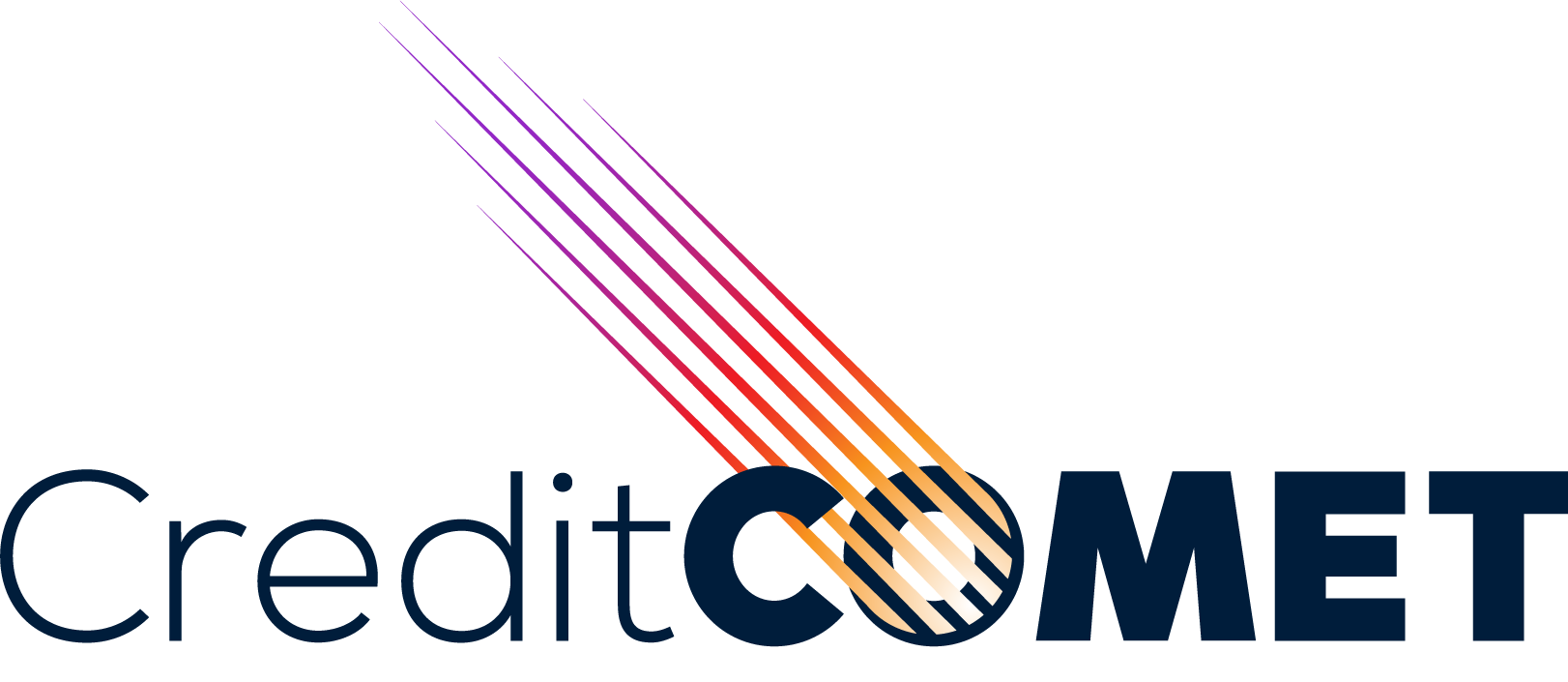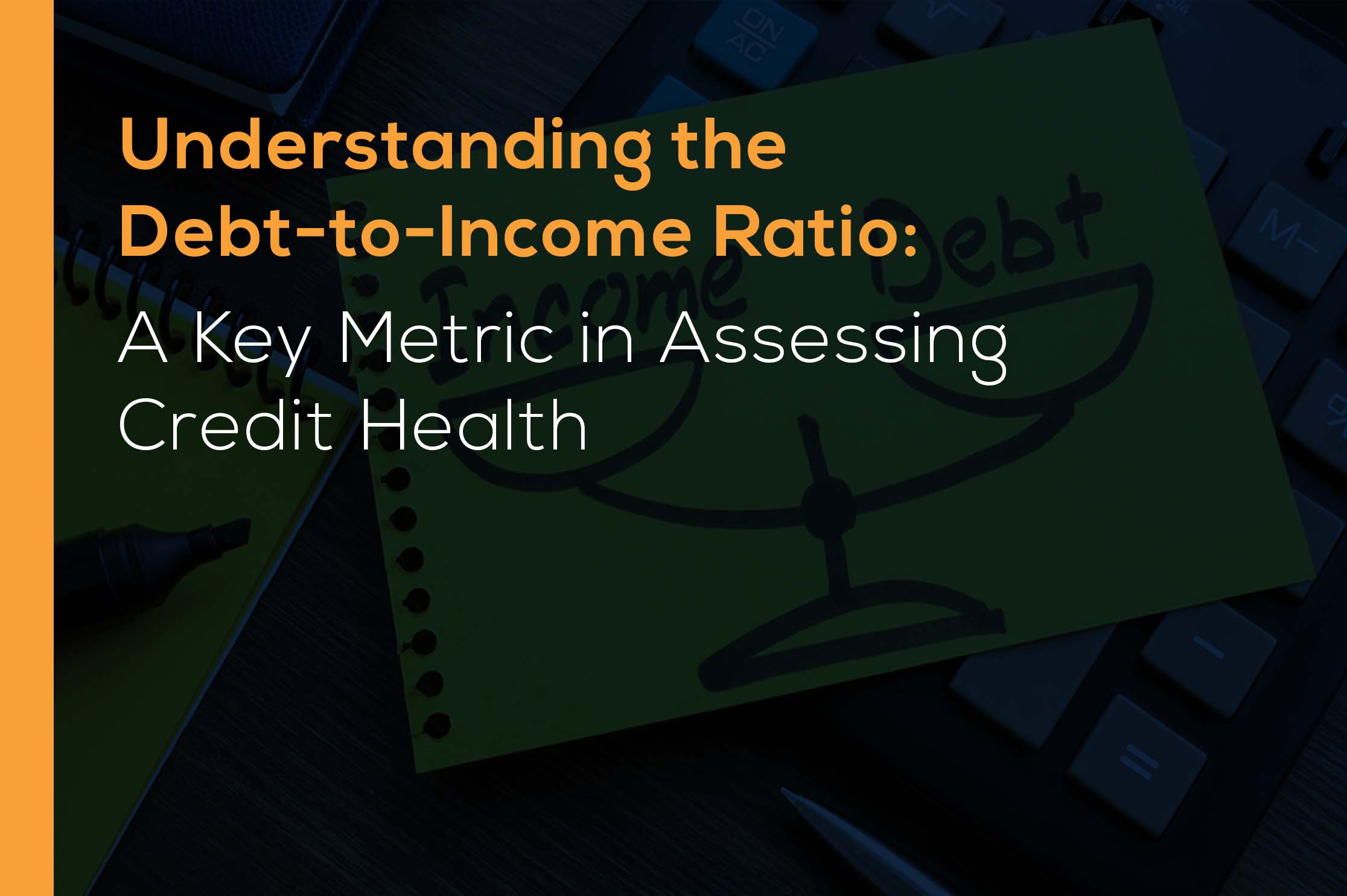In the realm of personal finance, there are several metrics that play a crucial role in determining one’s creditworthiness. One such metric is the Debt-to-Income (DTI) ratio. This fundamental indicator provides lenders and financial institutions with valuable insights into an individual’s financial health and their ability to manage debt responsibly. In this blog post, we will delve into what the Debt-to-Income ratio is and explore its significance in the context of credit.
What is Debt-to-Income Ratio?
The Debt-to-Income ratio is a financial metric that compares an individual’s total monthly debt payments to their gross monthly income. Expressed as a percentage, this ratio serves as a quantitative measure of how much of a person’s income is allocated to debt repayment. The formula for calculating DTI is simple: divide total monthly debt payments by gross monthly income and multiply by 100 to get the percentage.
Understanding the Components:
Before we explore the implications of DTI on credit, it’s essential to understand the components that constitute the ratio. Monthly debt payments typically include obligations such as mortgage or rent, car loans, credit card payments, and other personal loans. Gross monthly income encompasses all sources of income before deductions, including wages, bonuses, and any other supplementary earnings.
Significance of Debt-to-Income Ratio in Credit Assessment:
Risk Assessment for Lenders:
Lenders use the Debt-to-Income ratio as a risk assessment tool when evaluating loan applications. A lower DTI suggests that a smaller portion of income is dedicated to debt repayment, signaling a lower risk for the lender. On the contrary, a higher DTI may indicate a greater financial burden, making the individual appear riskier in the eyes of lenders.
Influence on Credit Scores:
While DTI itself is not directly factored into credit scores, it plays a pivotal role in shaping an individual’s creditworthiness. When lenders review credit reports and consider extending credit, they often take DTI into account alongside credit scores. A high DTI may be indicative of financial stress, potentially leading to missed payments and negatively impacting credit scores.
Setting Personal Financial Goals:
Understanding your Debt-to-Income ratio is not only essential for lenders but also for personal financial planning. A lower DTI indicates a healthier financial situation, allowing individuals to allocate more income towards savings, investments, and discretionary spending.
Managing and Improving Debt-to-Income Ratio:
If you find that your DTI is higher than desirable, there are steps you can take to manage and improve it. This may involve budgeting, increasing income, or strategically paying down high-interest debt. By actively working towards a lower DTI, individuals can enhance their overall financial health and improve their creditworthiness.
Strategies for Managing Debt-to-Income Ratio and Boosting Creditworthiness:
Budgeting and Expense Analysis:
To effectively manage your Debt-to-Income ratio, start by creating a detailed budget. Identify areas where you can cut back on expenses, redirecting those funds towards debt repayment. This proactive approach not only helps in reducing debt but also demonstrates fiscal responsibility to lenders.
Debt Consolidation:
Consider exploring debt consolidation options, especially if you have multiple high-interest debts. Combining various debts into a single, more manageable loan with a lower interest rate can make monthly payments more affordable and contribute to lowering your DTI.
Increase Income Streams:
Boosting your income is another strategy to improve your Debt-to-Income ratio. This can be achieved through negotiating a salary increase, taking on a part-time job, freelancing, or exploring passive income streams. Additional income not only reduces the impact of debt on your finances but also enhances your overall financial stability.
Prioritize High-Interest Debt:
Prioritize paying off high-interest debts first. Tackling debts with higher interest rates can lead to significant savings in the long run and expedite the process of reducing your overall debt load.
Avoid Taking on New Debt:
While actively working on reducing existing debt, it’s crucial to avoid accumulating new debt. Evaluate your financial decisions carefully and resist the temptation of taking on additional loans or credit cards, as this can contribute to an increase in your Debt-to-Income ratio.
Regularly Monitor Your Credit Reports:
Stay vigilant about your credit reports and ensure that the information is accurate. Monitoring your credit regularly allows you to spot errors, address discrepancies promptly, and track your progress as you work towards improving your creditworthiness.
Conclusion: A Path to Financial Freedom
In conclusion, understanding and actively managing your Debt-to-Income ratio can pave the way to financial freedom and improved creditworthiness. By adopting sound financial practices, making informed decisions, and strategically addressing your debts, you can achieve a healthy balance that not only satisfies lenders but also aligns with your personal financial goals. Remember, financial success is a journey, and by taking proactive steps, you can navigate it with confidence and build a secure financial future.

